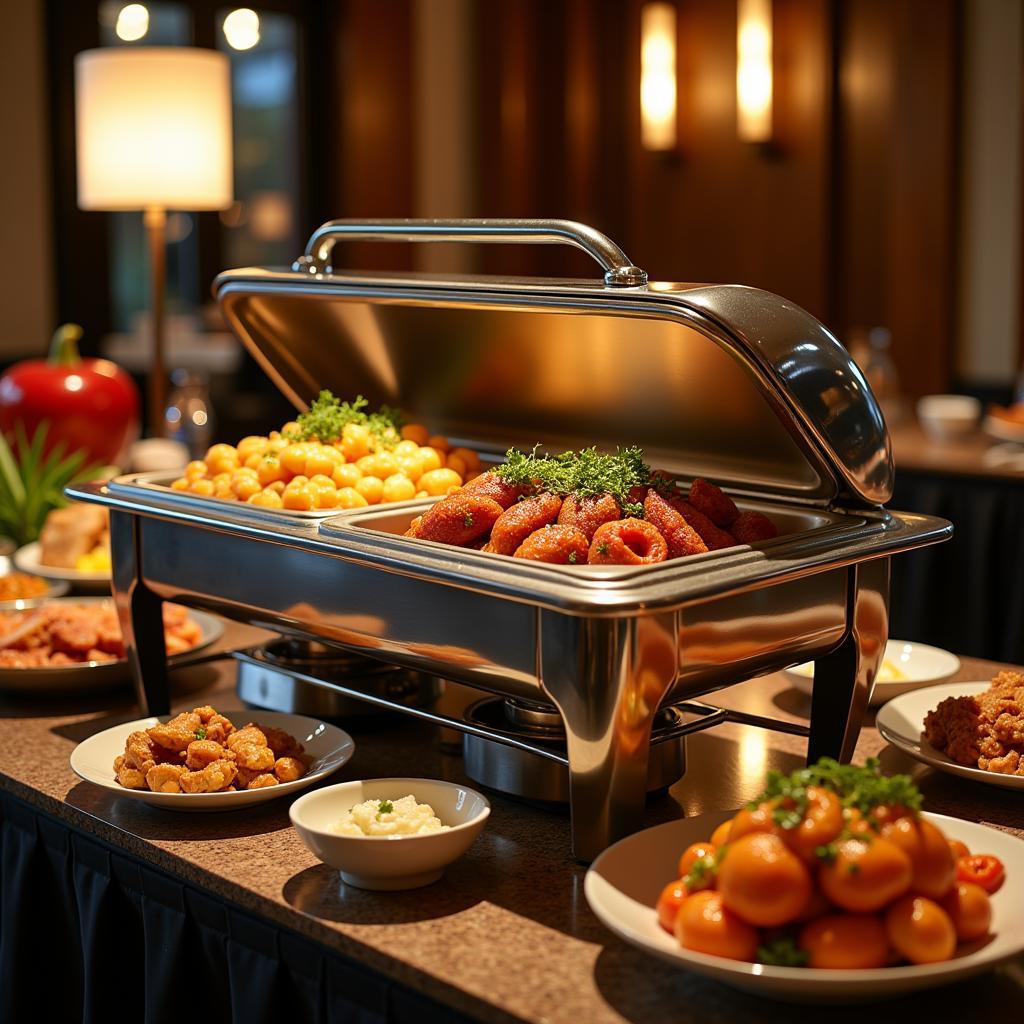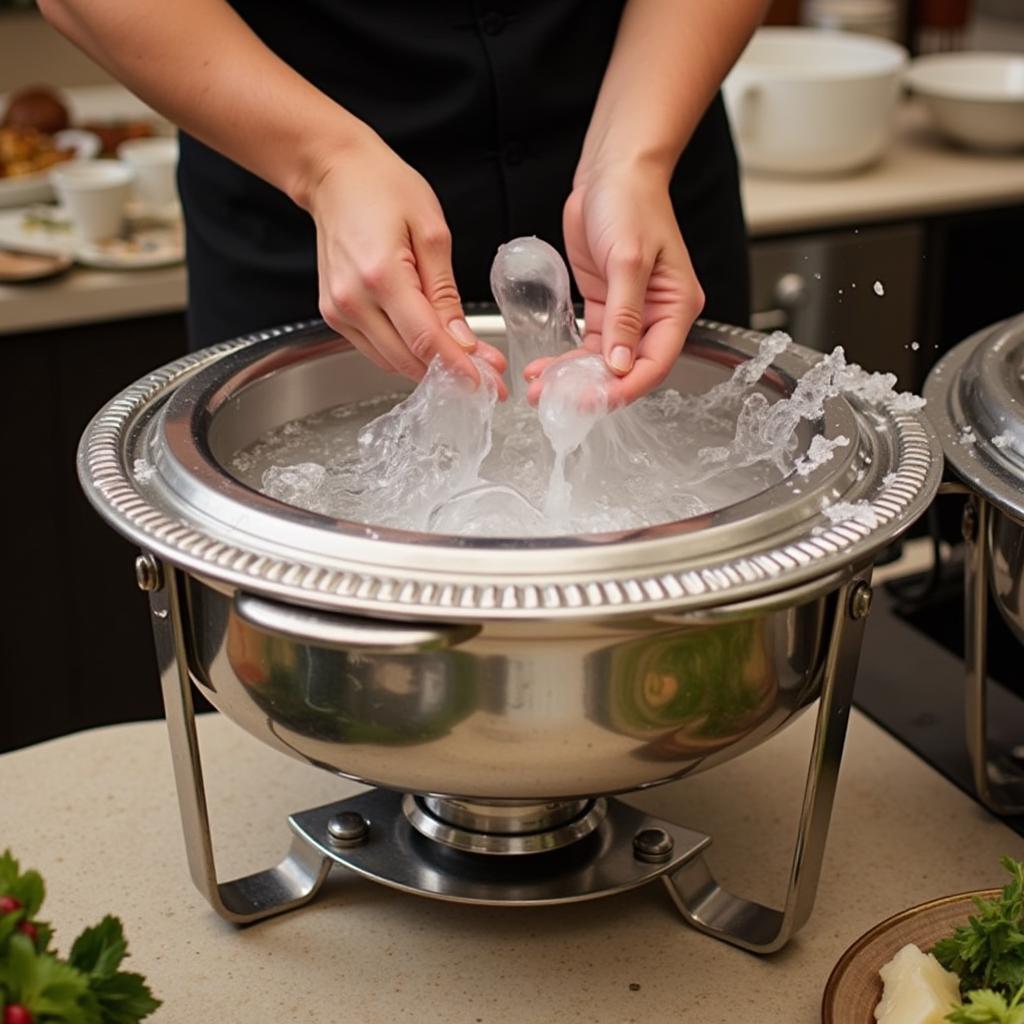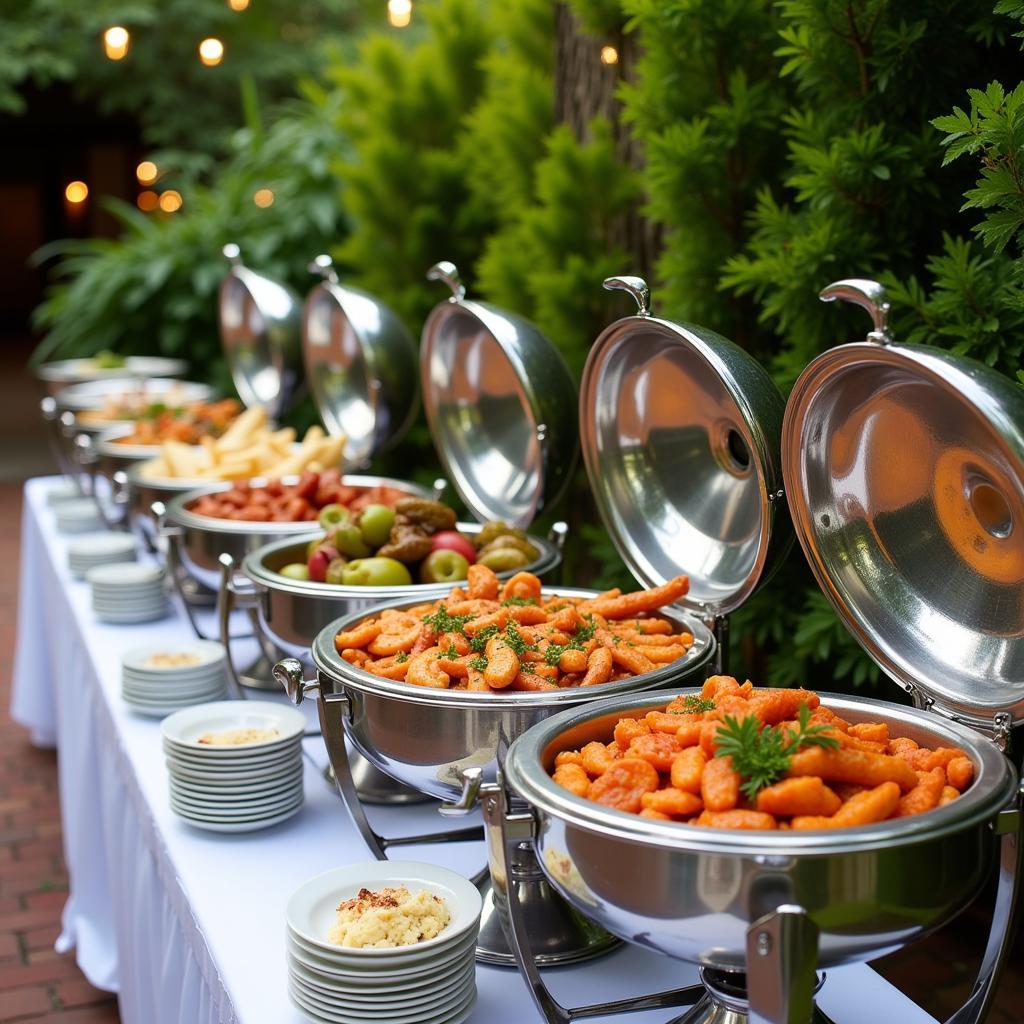Food Chafers are an essential part of any buffet or catering event. They keep your food at the perfect temperature for hours, ensuring that your guests can enjoy a delicious and satisfying meal. But with so many different types of food chafers on the market, it can be tough to know which one is right for you.
This comprehensive guide will cover everything you need from the reasons to use them, the types available, how to choose the right one to how to use and care for your food chafers.
Why Use Food Chafers?
Whether you’re hosting a large gathering or a small get-together, there are numerous benefits to incorporating food chafers into your food serving setup:
- Maintain Food Temperature: The primary function of a food chafer is to maintain the ideal serving temperature of your dishes. This is crucial for both food safety and for enhancing the dining experience.
- Enhance Food Presentation: Food chafers elevate the visual appeal of your buffet or catering spread. Available in an array of styles and finishes they seamlessly blend into any event theme, adding a touch of elegance and sophistication.
- Convenience and Efficiency: Food chafers streamline serving, allowing for efficient food distribution. Their user-friendly designs often include features like lids and spoons, ensuring a smooth and organized serving process.
 Modern Stainless Steel Food Chafer at a Buffet
Modern Stainless Steel Food Chafer at a Buffet
Types of Food Chafers
Navigating the world of food chafers starts with understanding the different types available. Each type comes with its own set of pros and cons making them suitable for specific needs and preferences.
1. Electric Food Chafers
Electric food chafers provide consistent heat through an electric heating element. They often have adjustable temperature settings for greater control and are suitable for extended events. However, they require access to an electrical outlet.
2. Chafing Dishes with Fuel Burners
Chafing dishes equipped with fuel burners, typically using chafing fuel cans, provide a portable heating solution. These are ideal for events where electrical outlets are limited. It’s essential to handle fuel with caution and ensure adequate ventilation when using this type.
3. Induction Chafers
Induction chafers employ electromagnetic induction for heating. They offer precise temperature control and fast heating times. Keep in mind that induction chafers require compatible cookware designed specifically for induction cooking.
Choosing the Right Food Chafer
Selecting the right food chafer involves considering several factors:
1. Capacity: Determine the number of guests you intend to serve and choose a chafer size that can accommodate their needs.
2. Heating Method: Consider the availability of electrical outlets and the duration of your event to decide between electric, fuel-powered, or induction chafers.
3. Material and Design: Stainless steel chafers are favored for their durability, heat retention, and sleek aesthetics. However, chafers are also available in other materials such as silver or porcelain which can complement specific themes.
4. Features: Look for features such as adjustable temperature settings, handles for easy transport, and lids to preserve heat and prevent contamination.
Using and Caring for Your Food Chafer
Proper use and care ensure the longevity of your food chafers and optimal performance.
1. Preheat Your Chafer: Always preheat your food chafer before adding food to ensure even heating and to maintain food temperature.
2. Use the Right Amount of Fuel or Electricity: Follow the manufacturer’s instructions regarding fuel or electricity usage. Overfilling fuel burners or using incorrect electrical connections can be hazardous.
3. Stir Food Regularly: To prevent hot spots and ensure uniform heating, stir the food in the chafer regularly.
4. Clean Thoroughly After Each Use: Allow your chafer to cool completely before cleaning. Wash removable parts with warm soapy water. Wipe down the chafer’s exterior with a damp cloth.
 Cleaning a Food Chafer After an Event
Cleaning a Food Chafer After an Event
Food Chafer FAQs
Here are answers to some of the most frequently asked questions about food chafers:
1. What types of food can I keep warm in a food chafer?
Food chafers are versatile for keeping a wide range of dishes warm, including soups, stews, gravies, mashed potatoes, rice dishes, vegetables, and more.
2. Can I use a food chafer outdoors?
Yes, food chafers can be used outdoors, but it’s important to consider weather conditions and provide adequate protection from wind and rain. Fuel-powered chafers are often more practical for outdoor events.
3. How long can I keep food warm in a food chafer?
Food can typically be kept warm and safe in a properly functioning food chafer for up to 4 hours. However, it’s essential to monitor food temperature and discard any food left out for longer durations.
4. What is the best way to clean a food chafer?
Most food chafers have removable parts that are dishwasher safe. For handwashing use warm, soapy water. Avoid abrasive cleaners as they can scratch the surface.
5. Are food chafers expensive?
The cost of food chafers varies depending on factors like size, material, brand, and features. Basic models can be relatively affordable, while larger or more sophisticated chafers with advanced features can be more expensive.
 Outdoor Buffet Setup with Chafers Food
Outdoor Buffet Setup with Chafers Food
Need More Information on Chafers Food?
Explore our website for a wide selection of chafers food to elevate your next culinary event. Contact our team at 02437655121 or minacones@gmail.com for personalized assistance. Visit our store located at 3PGH+8R9, ĐT70A, thôn Trung, Bắc Từ Liêm, Hà Nội, Việt Nam. Our customer support team is available 24/7.